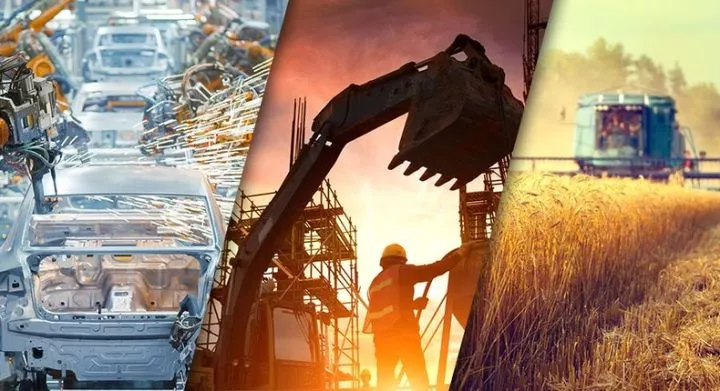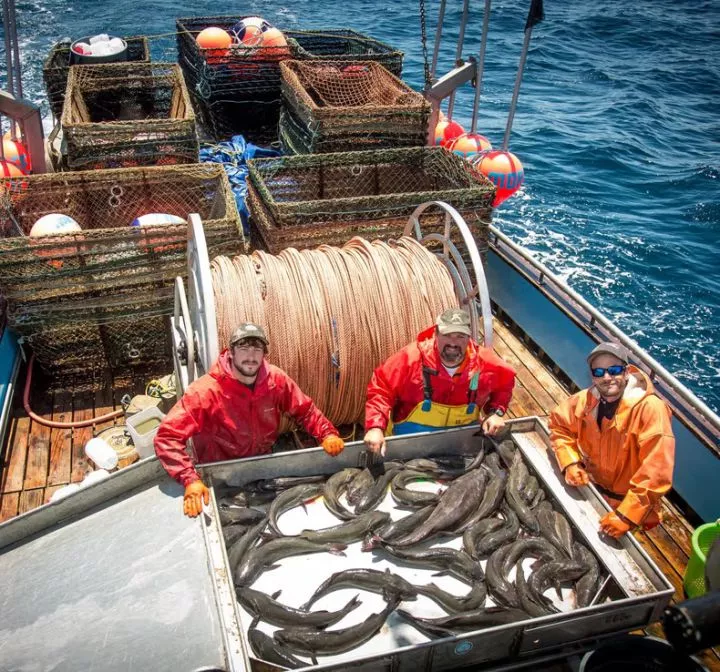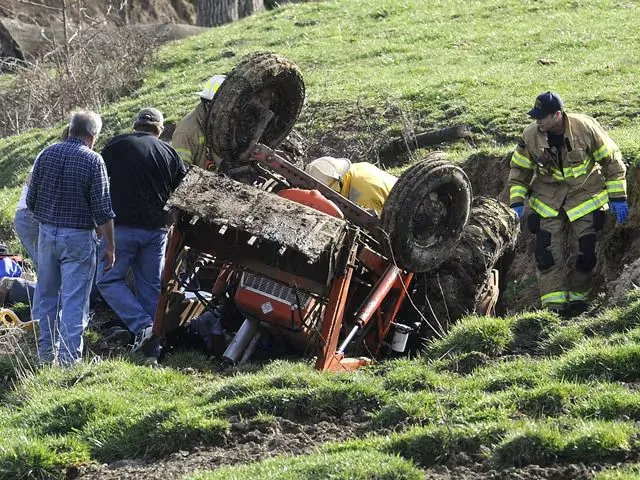
Having a proper knowledge of workplace safety and the specific hazards in the high-risk industry is crucial for employees hoping to make the best out of their career. Workplace safety evaluation is however, complex due to industry-specific oversight and varying national laws.
According to the International Labour Organization, about three million workers die every year due to work-related accidents and diseases, an increase of more than 5% compared to the records in 2015.

ILO further said most of these work-related fatalities, totaling 2.6 million deaths, arise from work-related diseases while accidents from work accounted for an additional 330,000 deaths.
The top three diseases that caused work-related deaths were circulatory diseases, malignant neoplasms and respiratory diseases and together, these three categories contributed more than three-quarters of total work-related mortality.
The Engineering Safer Workplaces report published by the Lloyd's Register Foundation, is the third World Risk Poll report to be published in 2024, based on data collected in 2023.
The report presents a global perspective on workplace safety, exploring harm, reporting, and training practices by country, industry, and demographics.

According to Lloyd's Register Foundation, around half (49%) of all workplace harm go unreported. The data also revealed lower reporting rates among part-time and self-employed workers, with only 49% and 47%, respectively, of those who experienced harm in the past two years telling someone (e.g. a manager or authorities responsible for workplace safety) about the incident, compared with 57% of people employed full-time.
Some employers have made available, some incentives like the hazard allowance to go along with these risk-associated jobs. Hazard pay is a monetary benefit paid to employees who perform physically demanding work or who go on on dangerous assignments.
According to a survey conducted by Visual Capitalist and Lloyd's Register Foundation, this workplace safety data was analyzed by sampling information from 147,000 people from 142 nations. They were asked if they or someone they know, had experienced harm in the last two years.
The following industries listed below were considered the most dangerous industries in the world:
| 1 | Fishing | 24% | 14% |
| 2 | Construction | 22% | 18% |
| 3 | Mining | 21% | 26% |
| 4 | Agriculture | 18% | 14% |
| 5 | Professional Services | 17% | 17% |
| 6 | Public Services | 16% | 17% |
| 7 | Manufacuting | 15% | 19% |
| 8 | Utilities | 9% | 42% |
The industries where workers faced the highest hazards was on most occasions, manual industries, which include the fishing, agriculture, and mining, where people use dangerous equipment daily.
According to the ILO, the number of deaths reported from work-related hazards featured more men (51.4 per 100,000 working age adults) compared to women (17.2 per 100,000).
The Asia and Pacific region accounted for approximately 63% of global work-related deaths, primarily due to the region's vast workforce, making it the highest contributor to occupational mortality worldwide.
The global labour body has introduced a new plan, the Global Strategy on Occupational Safety and Health for 2024-2030. as it aims to boost global efforts to ensure a safe and healthy work environment.
















Comments